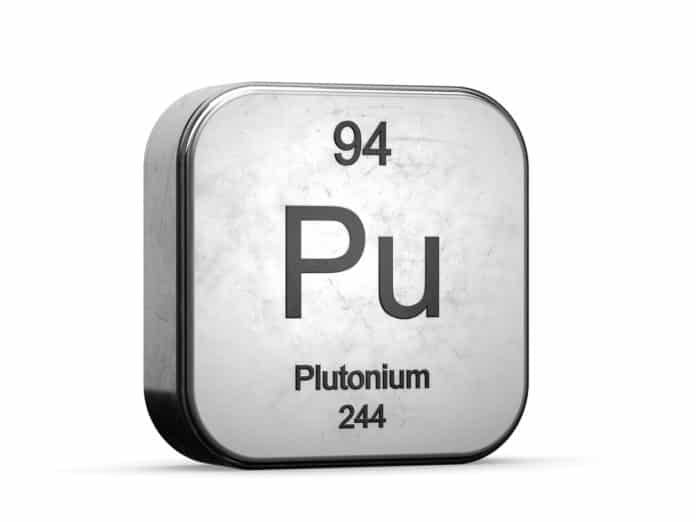Stable form of Plutonium Discovered; Recent Discovery
An international team of researchers, led by the Helmholtz Zentrum Dresden-Rossendorf (HZDR), has found a new stable compound of plutonium with an unexpected and pentavalent oxidation state, using the ESRF, the European Synchrotron, Grenoble, France. This new phase of stable plutonium is solid and maybe a transient phase in radioactive waste repositories. The study results are published in Angewandte Chemie.
Countries across the globe are actually making efforts to improve the safety of nuclear wastes storage in order to prevent the release of radioactive materials to the environment. And plutonium has been shown to be transported by groundwaters from the contaminated sites for kilometers in the form of their colloids, which are formed by interaction with clay, iron oxides or natural organic matter. A team of scientists led by HZDR studies the chemistry of actinides under environmentally relevant conditions, by synthesizing such compounds, & then studying their electronic and the structural behavior both with advanced synchrotron Xray methods experimentally as well as theoretically.
The recent paper of the international team shows how an experiment seemingly has gone wrong leads to a breakthrough. i.e, the discovery of a new stable form of plutonium.
It
has all started when Kristina Kvashnina, a physicist from HZDR & based at the ROBL beamline at the European Synchrotron – ESRF (a beamline owned & operated by the HZDR), and her research team was trying to create the plutonium dioxide nanoparticles, using different precursors to be studied at ROBL. When the team used the Pu (VI) precursor, the team realized that a strange reaction took place during the formation of plutonium dioxide nanoparticles. Kvashninae explained every time they created nanoparticles from the other precursors Pu(III), (IV) or (V) the reaction was very quick, but here the team has observed a weird phenomenon halfway. She figured that it must be Plutonium P (V), a never observed before the form of the element, after doing a high energy resolution fluorescence detection (HERFD) experiments at the Pu L3 edge at ROBL.The stable phase of Pu(V)! — no, it is impossible, it does not exist, the new synthesis must have gone wrong, said, at the time, the team of researchers, from the Moscow State University when they all together looked at the research data. The chemists were in complete disbelief, but the study results were quite clear, Kvashnina added.
The only way to be very certain about the existence of this pentavalent plutonium compound would be to confirm it using the HERFD at the Pu M4 edge. She explained that their choice of beamline was straightforward; ESRF-ID26 beamline, as it is the best place, regarding the intensity & energy resolution, where such high-energy resolution x-ray absorption spectroscopy studies at low energies can be done easily. In fact, Pu M4 edge HERFD experiments were done at ID26 for the first time. And to the best of her knowledge, HERFD data at the Pu M4 edge have never been reported in the literature & never been exploited, she added.
These experiments confirmed the initial assumption, & a repetition 3 months later even demonstrated the long-term stability of the phase. At the same time, theoreticians from Sweden were busy coming up with predictions of the Pu M4 edge spectral features & theoreticians from ROBL identified the species of that new phase. And at the end, it all came together and the new stable Pu (V) phase was confirmed.
Many researchers work on prediction of what happens to nuclear waste in a million years. Kvashnina concluded it is a difficult task & only theoretical predictions are possible, but the existence of this new stable Pu(V) solid-phase will have to be taken into the account from now on. It will be a change, for sure, the theoretical predictions of the plutonium behavior in the environment over a period of million years, she added.

















































